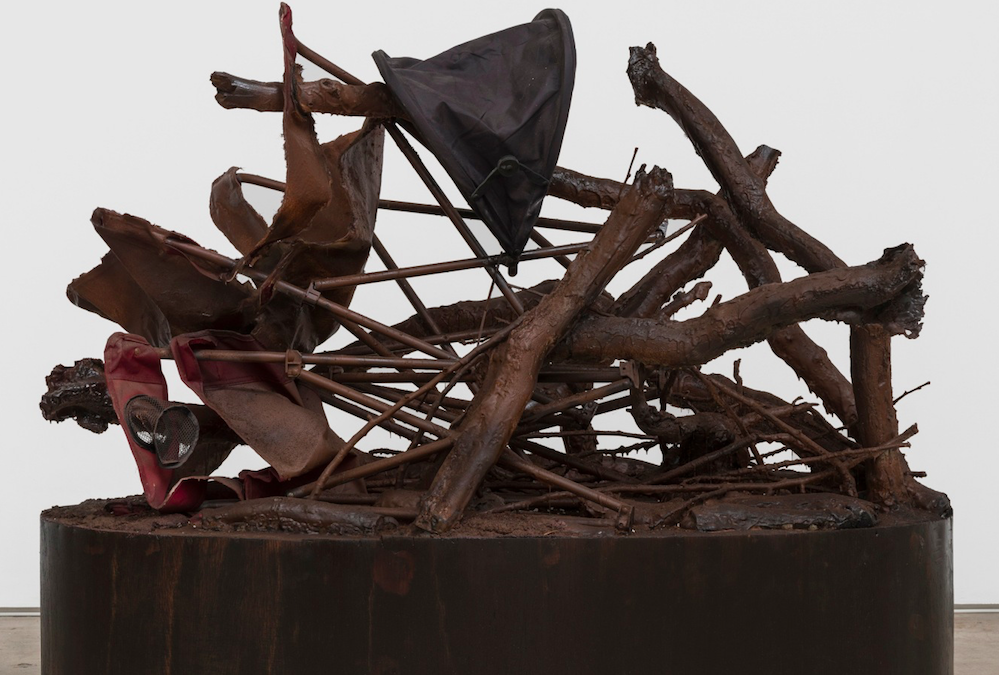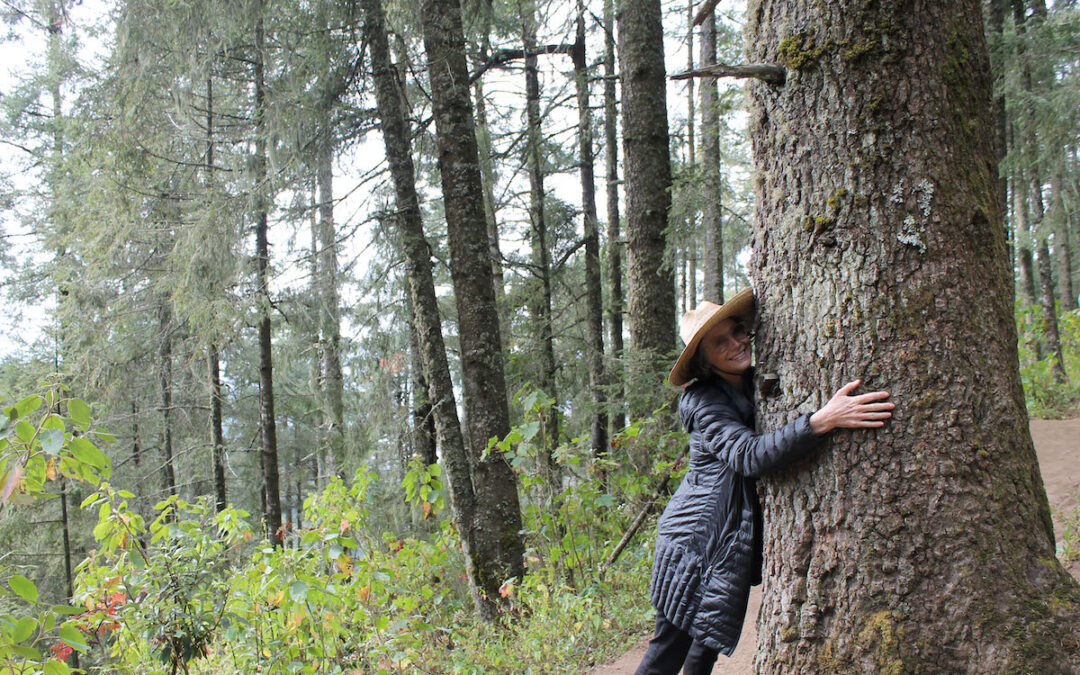Brandon Ndife's practice is grounded in vital materiality that considers matter as lively and metamorphic, bound to forces and encounters that push and pull, tumbling ceaselessly into rambunctious states of transformation. Biomorphic clusters of industrial and...

PICK OF THE WEEK: Brandon Ndife Matthew Brown
read more


